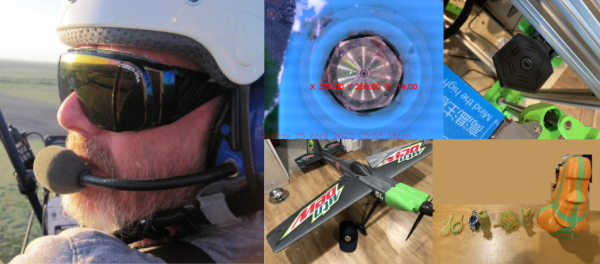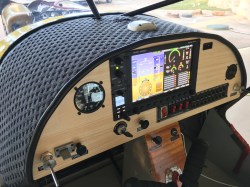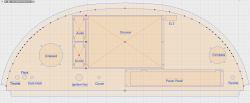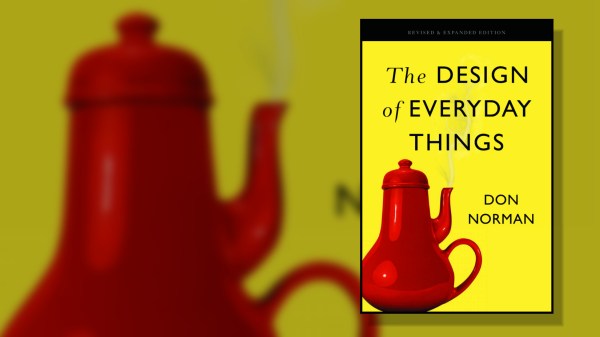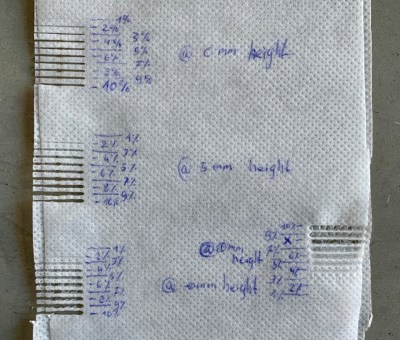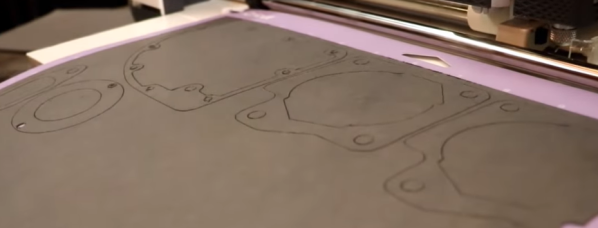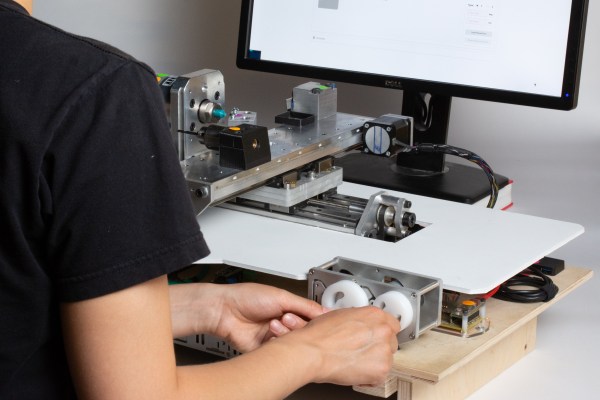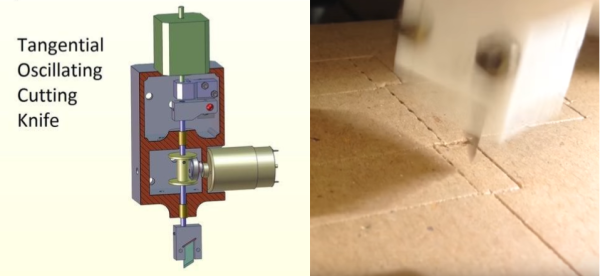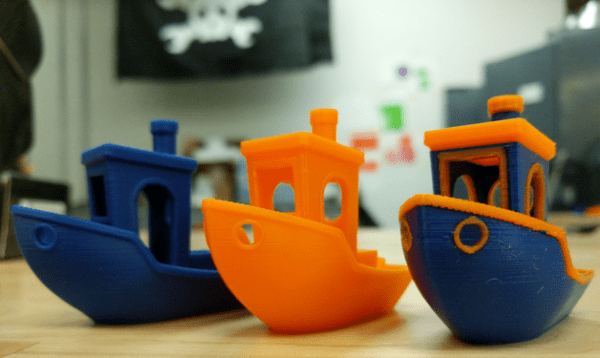Last week, [Danal Estes] passed away. This comes as a shock to many of us who had the pleasure of interacting with him online. Not only was [Danal] an active contributor to the 3D printing community, he was simply a warm-hearted character who was just fun to get along with. I met [Danal] online less than a year ago. But I owe him a debt in helping transform a set of design files that I posted online into a full blown community of hardware enthusiasts.
Here’s my best shot at recounting some of this fellow human’s legacy as seen from the fellow tool changing 3D printing enthusiasts who knew him.
Getting to Know an Online Community Builder
I first met [Danal] online last September through Thingiverse when he posted a make of Jubilee, a tool changing machine design that I posted a few weeks prior. At a time when Jubilee was just a set of files and instructions on the internet, I was stoked that someone in the world was out there building a duplicate. To get to know these people better and work out any pinch points in their assembly process, I started a Discord Chat Server. [Danal] was the first to join and start telling his story in pictures.
As a community of curious people on Discord grew, questions about the machine started to arise. How big was it? How did the tool changing work? I tried answering as many as I could, putting an FAQ blurb on Thingiverse, But a few weeks in, something else happened: [Danal] started answering the questions. Not only that, he was greeting nearly every single person who introduced themselves on the server. I didn’t understand the value of a simple “welcome aboard!” that follows someone’s first post in a budding online community, but [Danal] did. So he did just that. He made you feel welcome to have landed in this corner of the internet. In a world full of engineers who don’t like repeating themselves, [Danal] seemed to get that his repeat interaction was new for the person on the other end; and that made it worth doing.
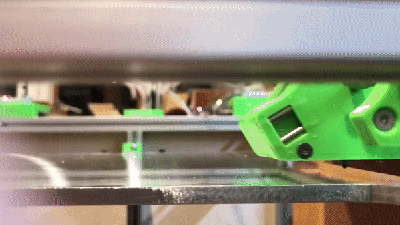
As the days passed, questions continued, and [Danal] continued to fill people in with answers to questions–even repeat questions. All the while, he posted progress pictures of his own machine. In a way, the rest of the community seemed to be holding their breath during this time, watching [Danal] post status reports; waiting for some conviction that these files actually turned into something that worked. Then, less than a month later, [Danal] posted a video of his first successful tool change. It did work! Almost certainly inspired by [Danal’s] success, a few more folks started building machines of their own. But [Danal] was the first person to duplicate a Jubilee.
More than twenty machines have been built in the wild since I posted the project files back in September. I believe that the inspiration to start draws from the success of people who have finished before, which chains down to the inspiration drawn from the success of the first person to finish: [Danal Estes]. I owe him one for that: for inspiring a community of folks to follow in this adventure.
Commoditized Automatic Nozzle Alignment
[Danal] did more than affirm the machine design to a new Jubilee community. Over the short span of the project, [Danal] put his software hat on and developed an automated machine-vision based tool alignment system that he called TAMV. It turns out that tool tip calibration is one of the gnarly problems for any multi-nozzle 3D printer. Tools must be aligned relative to each other such that each of the unique materials they print are aligned in the resulting print. The current ways of doing this are cumbersome and manual. Either you measure offsets by printing a vernier scale or by taking pictures with an upwards-facing microscope. [Danal] took this gnarly problem as an opportunity to automate the process completely, so he did.
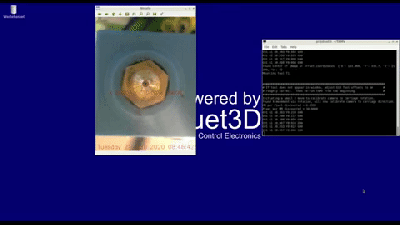
In just two months, [Danal] returned with an announcement on the Jubilee Discord to present TAMV, aka: Tool Align Machine Vision. By mounting an upwards facing webcam to the front of his Jubilee, [Danal] simply ran his one-button script, and his machine automatically calibrated each available tool both automatically and better than most humans could with the prior methods. It did this by sequentially picking up tools, putting them in the camera field of view, and then measuring their offsets. What’s more, he released the entire code base as open-source, literally transforming a gnarly problem into a thing of the past with a commodity solution made usable with a simple installation script and setup instructions that he also wrote.
Here on Hackaday, it’s humbling to read about the amazing feats folks are overcoming all from the comfort of their home workbenches. But it’s invigorating to see that same feat unfolded in a way that lets us unpack it, learn from it, build on top of it. The act of documenting work you’ve already done with the intent that others could follow it is an act of grace. [Danal] was gracious.
A Shared Story Told in Projects
As [Danal] became one of the most active community members on Discord, we started to learn more about his other projects. For [Danal], 3D printers were as much a side project as they were tools in a family of other tools for creative projects. Armed with these machines, [Danal] put them to work on machines for flight, from extraordinary remote control aircraft (3D printed of course) that could barely work their wingspan through a doorway to the consoles of real world aircraft that could carry a pilot.
It was always a pleasure to get a slice of [Danal’s] adventures. Getting to hear about his excitement in projecting was food for a growing community of hobbyists eager to get back to our workbenches. And the framing of his adventures was warm enough to make you feel not just that you wanted a bit of this lifestyle for yourself, but that you could have it too. I hope that this part of [Danal’s] legacy is something that we online folk can continue: the shared courtesy and warm attitude to newcomers in a hardware hacking community.
Thanks, man; I already miss you.

